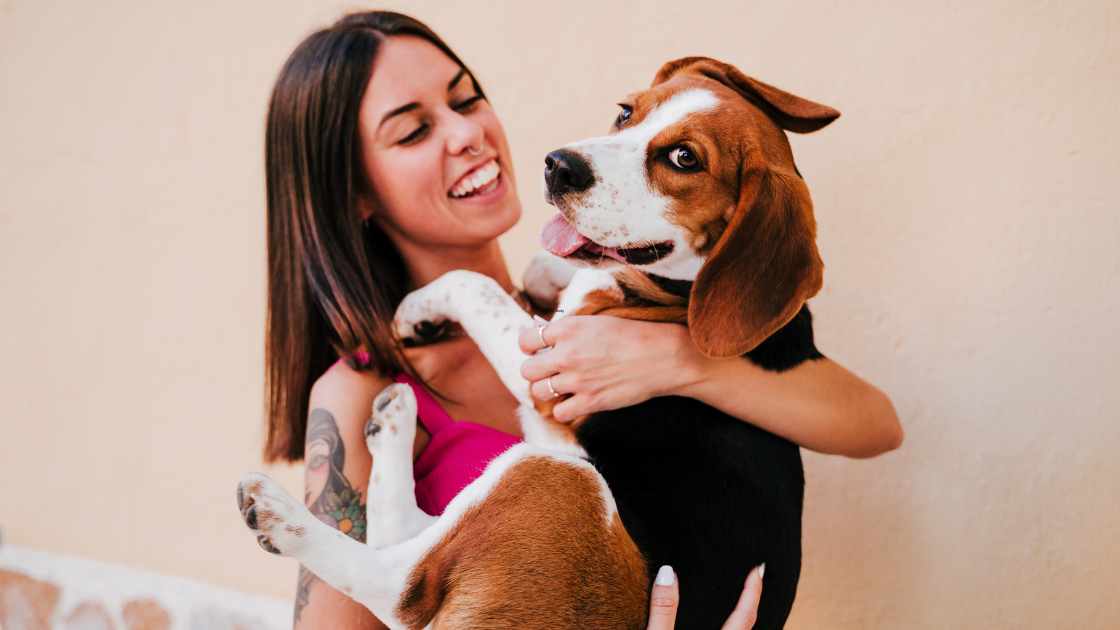
Traveling with pets by air can be a daunting experience for pet owners. Ensuring the safety and comfort of furry companions during flights involves understanding airline regulations, preparing necessary documentation, and making suitable arrangements. This guide provides a detailed look at how pets are carried in flight, covering various aspects such as airline policies, preparation tips, and the journey experience for pets.
Table of Contents
ToggleAirline Policies and Regulations
Cabin Travel vs. Cargo Hold
Cabin Travel: Small pets, usually cats and small dogs, may be allowed to travel in the cabin with their owners. They must be placed in an airline-approved carrier that fits under the seat in front of the passenger. The combined weight of the pet and carrier typically must not exceed 15-20 pounds.
Cargo Hold: Larger pets or those not meeting the criteria for cabin travel must travel in the cargo hold. Airlines have specific compartments designed for live animals, which are pressurized and temperature-controlled to ensure pets’ safety and comfort.
Airline-Specific Policies
Each airline has its own set of rules regarding pet travel. Some airlines may not allow pets in the cabin on international flights or may have breed restrictions. It’s crucial to check the specific airline’s pet policy well in advance of booking a flight.
Health and Documentation Requirements
Airlines require a health certificate issued by a veterinarian within 10 days of travel. Vaccination records, particularly rabies vaccination, are mandatory. International travel often requires additional documentation, such as an International Health Certificate or a pet passport.
Preparing Your Pet for Air Travel
Choosing the Right Carrier
For cabin travel, the carrier should be well-ventilated, secure, and comfortable for the pet. It must meet the airline’s size requirements. For cargo travel, a sturdy, IATA-compliant crate is necessary. The crate should be large enough for the pet to stand, turn around, and lie down comfortably.
Acclimating Your Pet
To reduce travel stress, acclimate your pet to the carrier well before the trip. Place familiar items such as blankets or toys in the carrier and encourage your pet to spend time in it.
Feeding and Hydration
Feed your pet about four hours before the flight to avoid travel sickness. Ensure your pet has access to water but avoid over-hydration. Some crates come with attached water bowls that can be filled before the flight.
During the Flight
Check-In and Boarding
Arrive at the airport early to allow ample time for check-in procedures. For pets traveling in the cargo hold, they need to be checked in at the cargo terminal. Cabin pets go through the standard security screening.
In-Flight Care
Cabin pets must remain in their carriers under the seat for the duration of the flight. They should be reassured periodically but not taken out of the carrier. For cargo hold pets, airline staff monitor the temperature and pressure to ensure a safe environment.
Post-Flight Considerations
Arrival and Pick-Up
Upon landing, collect cabin pets immediately. For pets in the cargo hold, proceed to the cargo terminal to pick them up. Check your pet for any signs of distress and provide them with food, water, and a comfortable place to rest.
Health Monitoring
Monitor your pet’s health closely after the flight. Some pets may experience travel stress or mild dehydration. If any concerning symptoms arise, consult a veterinarian promptly.
Tips for a Smooth Journey
Book Direct Flights: Minimizes the stress of takeoffs, landings, and transfers.
Avoid Extreme Weather: Choose flights that avoid peak summer or winter temperatures, particularly for cargo travel.
Consult Your Veterinarian: Discuss any health concerns and whether a mild sedative or anxiety-relief method is appropriate for your pet.
Frequently Asked Questions
Can my pet fly with me in the cabin?
Yes, small pets such as cats and small dogs can often fly in the cabin with you, provided they are in an airline-approved carrier that fits under the seat. The combined weight of the pet and the carrier typically must not exceed 15-20 pounds. It’s important to check your airline’s specific policies regarding cabin pet travel, as there may be breed restrictions and other regulations.
What are the health and documentation requirements for flying with a pet?
Airlines require a health certificate issued by a veterinarian within 10 days of travel, along with up-to-date vaccination records, especially for rabies. For international travel, additional documentation such as an International Health Certificate or a pet passport may be required. It’s essential to verify the specific documentation needs with your airline and destination country well in advance.
How should I prepare my pet for air travel?
To prepare your pet for air travel, choose a well-ventilated, secure carrier that meets airline specifications. Acclimate your pet to the carrier by encouraging them to spend time in it before the trip. Feed your pet about four hours before the flight to prevent travel sickness and ensure they have access to water without over-hydrating. For pets traveling in the cargo hold, use a sturdy, IATA-compliant crate that allows your pet to stand, turn around, and lie down comfortably.
Final Thought
Traveling with pets by air requires thorough planning and adherence to airline regulations. By preparing properly and understanding the process, pet owners can ensure a safe and comfortable journey for their furry companions. Whether traveling in the cabin or cargo hold, pets can fly safely with the right precautions and care.
